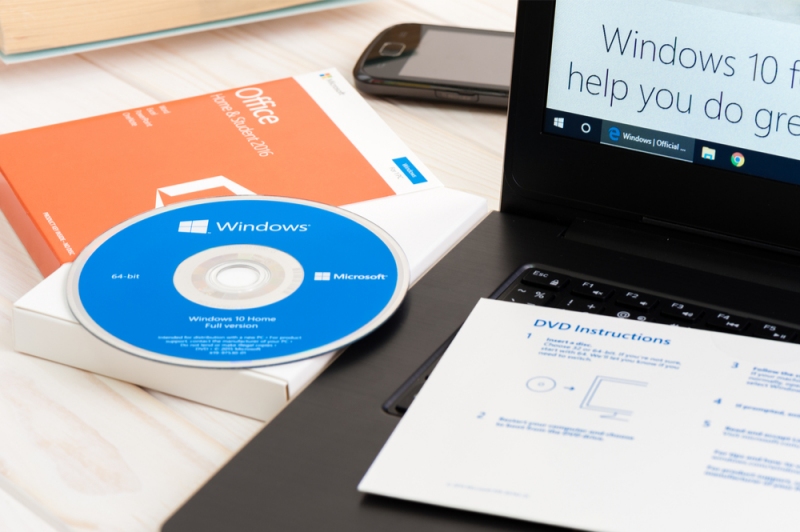Windows 10 was released as the successor to Windows 8. Microsoft opted to skip Windows 9, actually with good reason, and went straight from the much maligned Windows 8 to the far superior Windows 10. Over the last several years Microsoft has been pushing towards a unified operating system across computers, games consoles, and mobile.
Despite significant investment, Microsoft has struggled to break into the mobile market and Windows phones are still met with skepticism amongst consumers and analysts alike. Windows 8 was the campus’ first attempt at a touchscreen operating system, but was awkward to navigate on non-touch screen devices. Windows 10 has addressed many of the most prevalent issues with Windows 8 but unfortunately is subject to some issues of its own.
In this article we take a look at some of the most commonly encountered issues with Windows 10 and how you can solve them.
Issues After Updating
Microsoft has traditionally been good at releasing regular security and other updates to their operating systems. Unfortunately, updating always comes with a small risk of introducing new problems as well as fixing old ones. It is often difficult to predict these issues beforehand because personal computers can run in an endless combination of hardware components.
On the rare occasion that a Windows update causes widespread problems when users update, they issue another patch to fix the issue as quickly as they can. If you experience issues after updating, it is worth checking out see whether the issue is being reported elsewhere. If it is then Microsoft will issue a statement regarding how to fix it, or a timetable for their own fix.
The recent Windows Anniversary update has caused issues for some users. It is recommended that users who are having issues back up their most important data and then reinstall Windows from scratch.
I Can’t Play DVDs
DVDs are an old format now, Blu-ray is now the king of home entertainment formats. However, many of us are still sitting on rather large DVD collections and, given that every computer for over a decade now has been able to play DVDs, we expect to just put the disc in and hit play. Unfortunately, things aren’t quite this straightforward with Windows 10. Even though this would appear to be one of the most basic and essential features of the operating system, and considering some of the other software that comes as standard, Microsoft hasn’t included any DVD playing software by default.
The company has since released an app, the Windows DVD Player app which is available in the Windows app store.
The Blue Screen of Death
If you are regularly seeing a blue screen that displays a series of error messages in the form of a long alphanumeric code, then this is the blue screen of death (BSOD). You should note down any error codes and consult with a professional repair service. Search online for a service near you, for example ‘home PC repair in Lake Worth’.
If you are experiencing problems with your Windows 10 laptop and are unsure what to do, then look online. If you are presented with an error code, then simply type this into Google.
































No Comments
Leave a comment Cancel